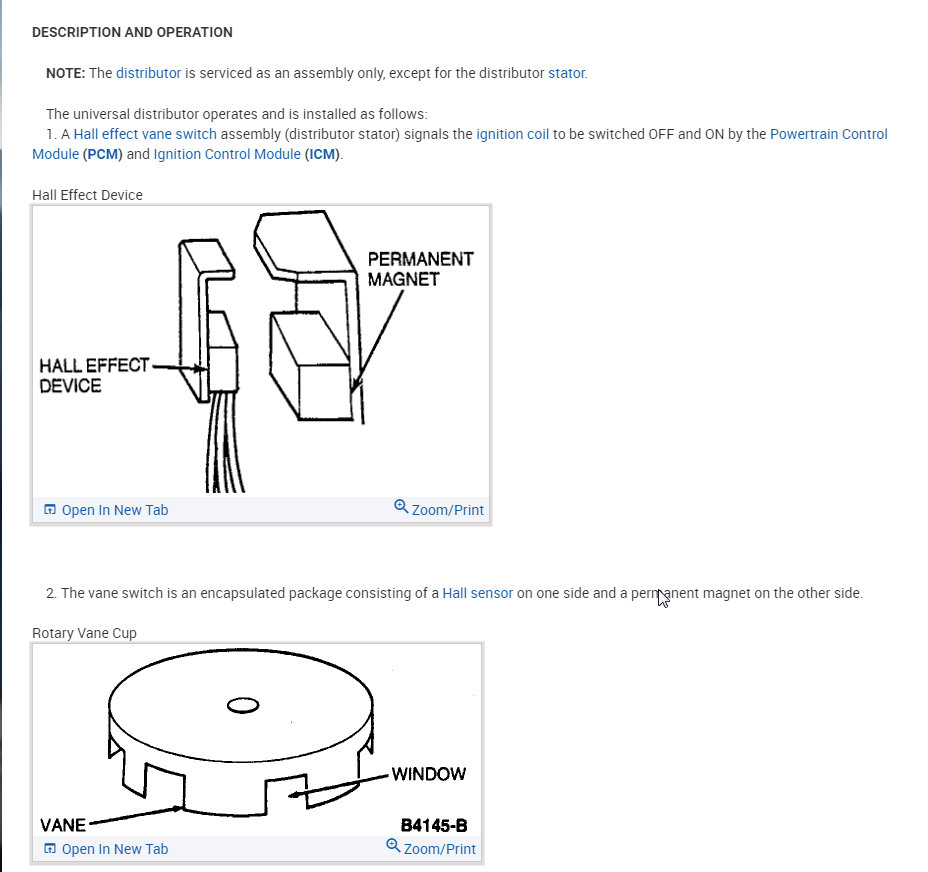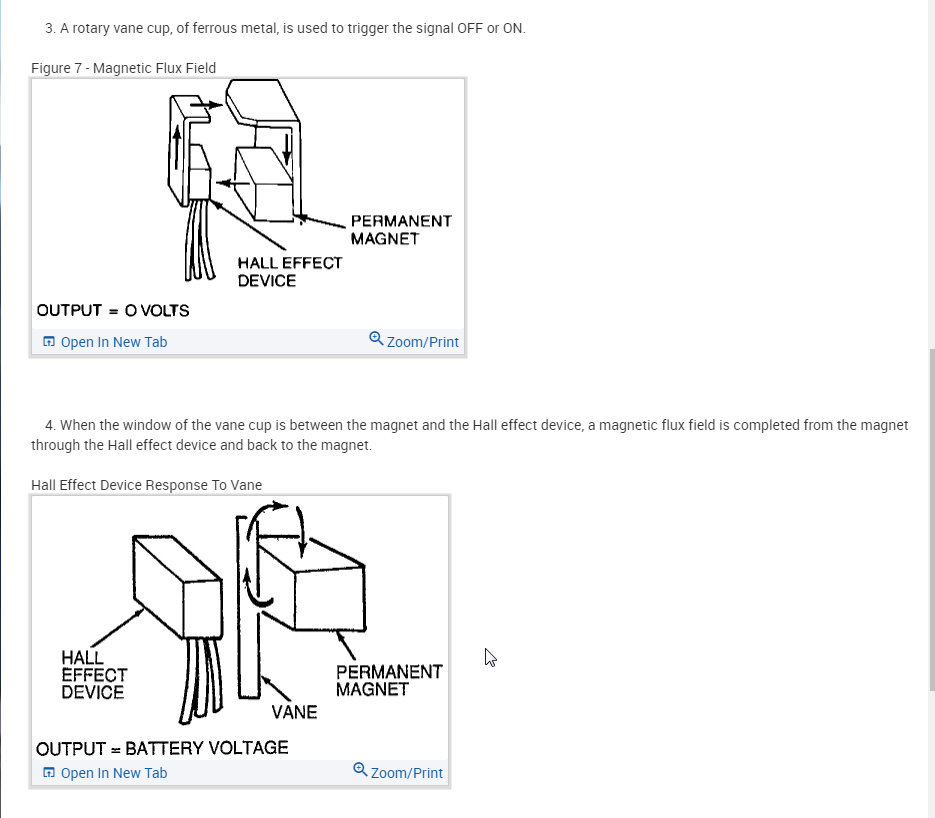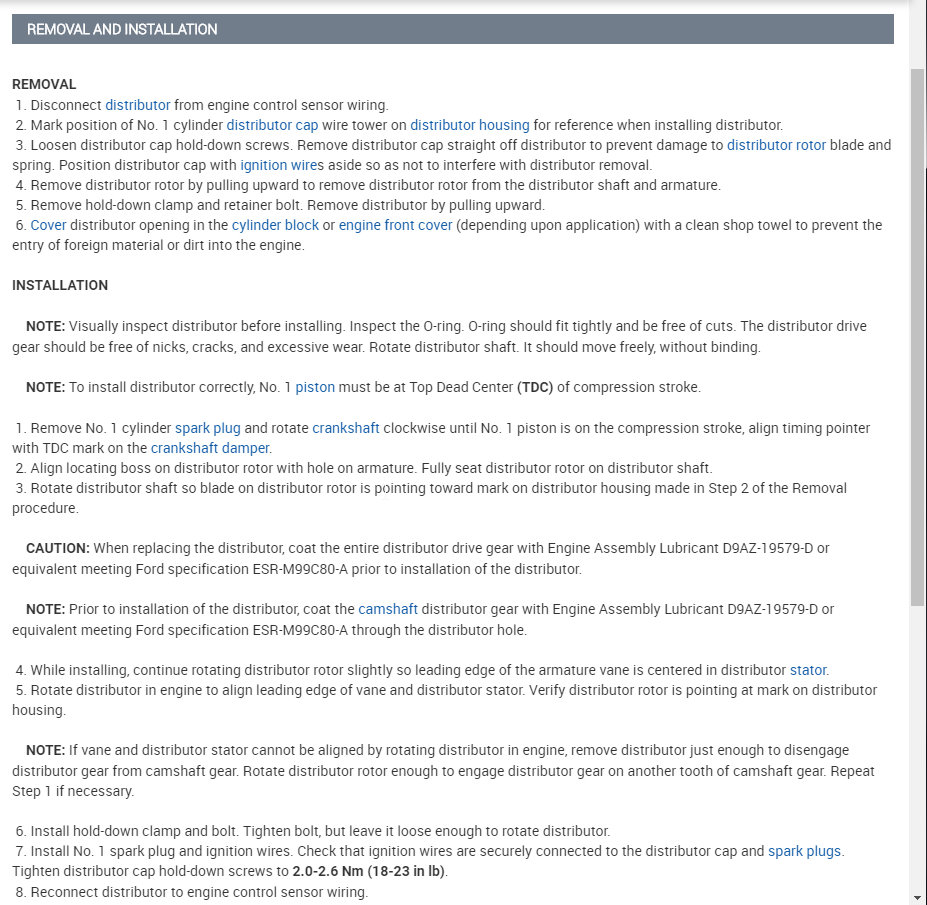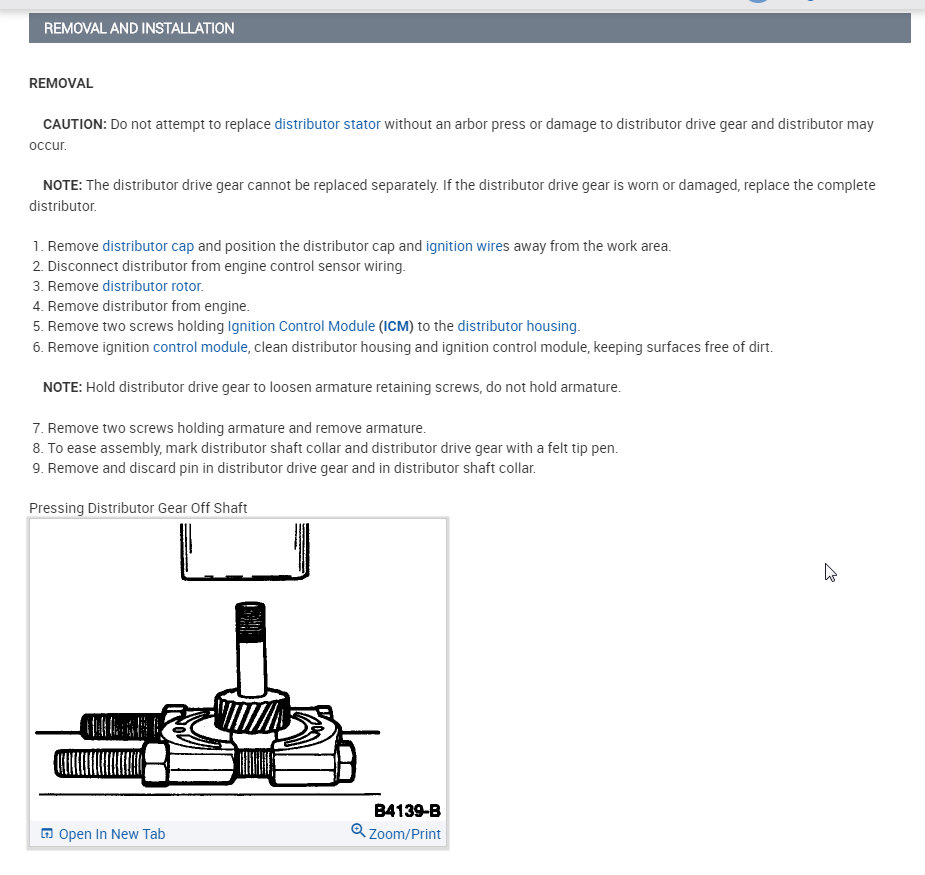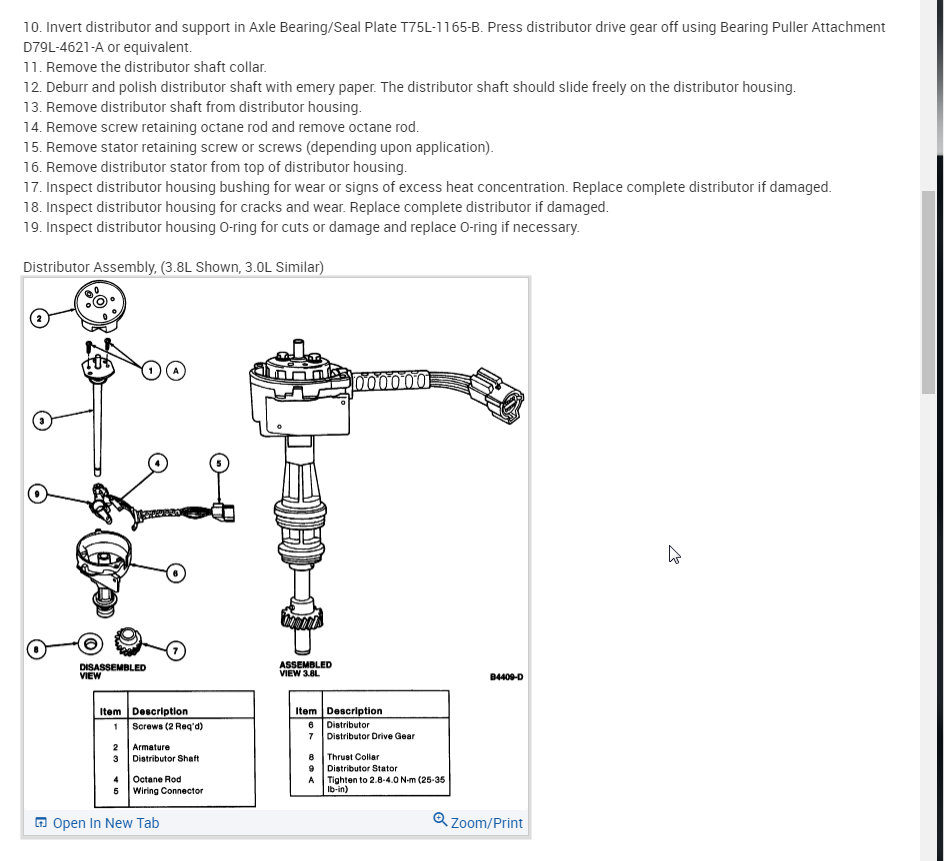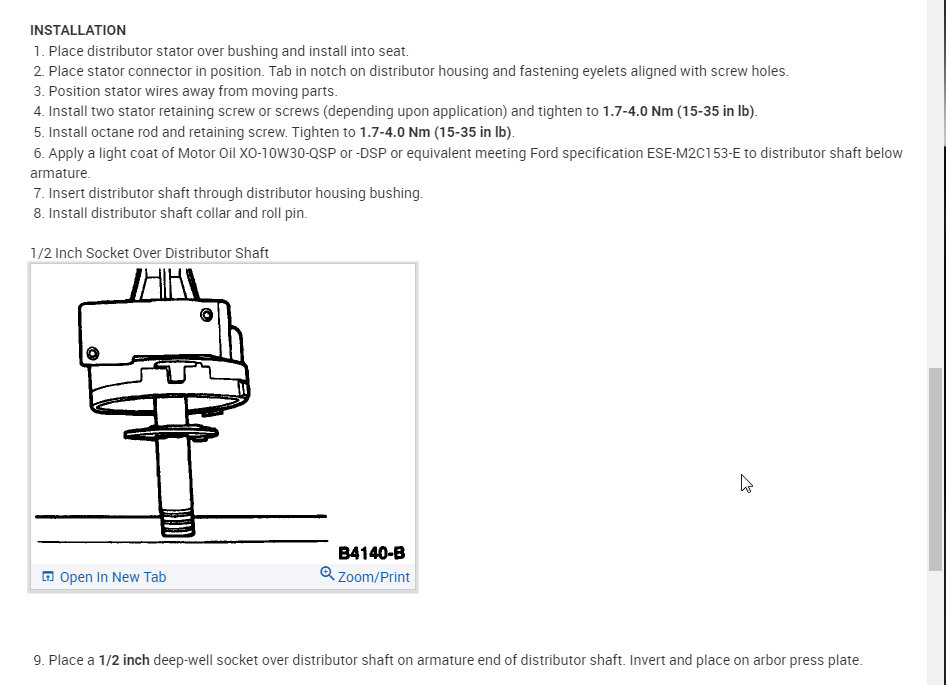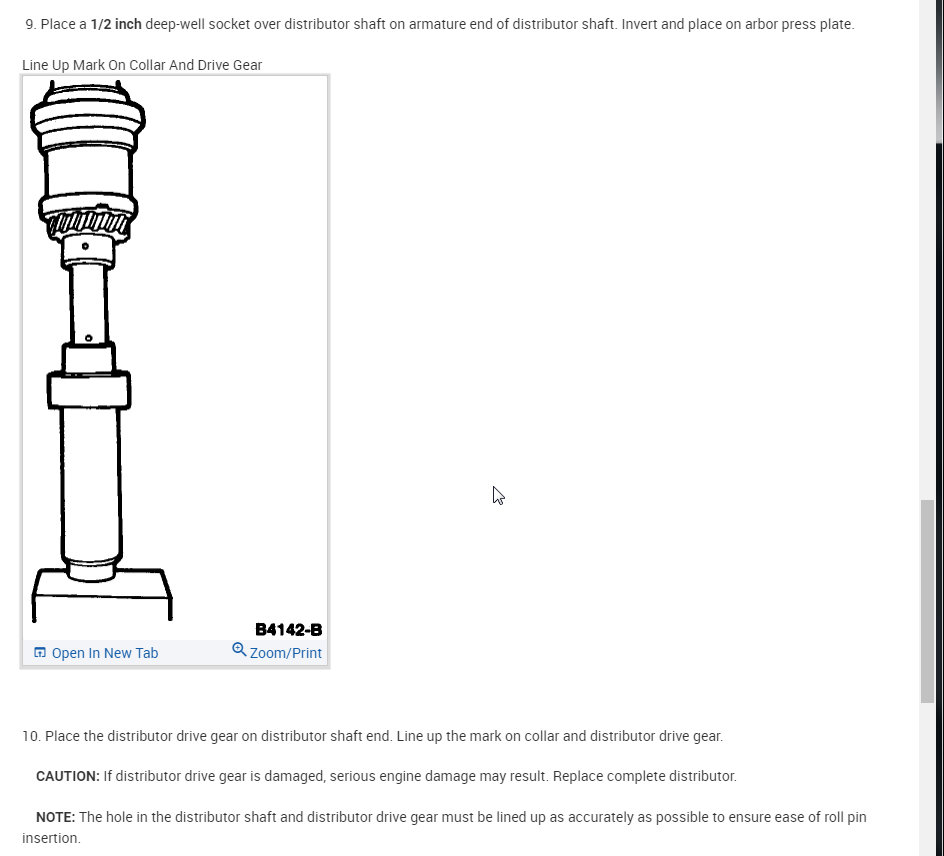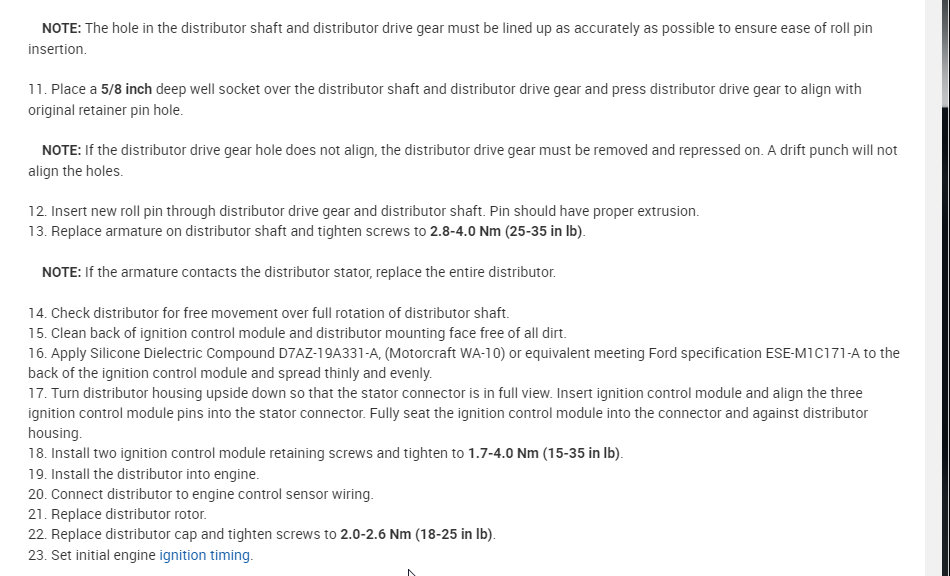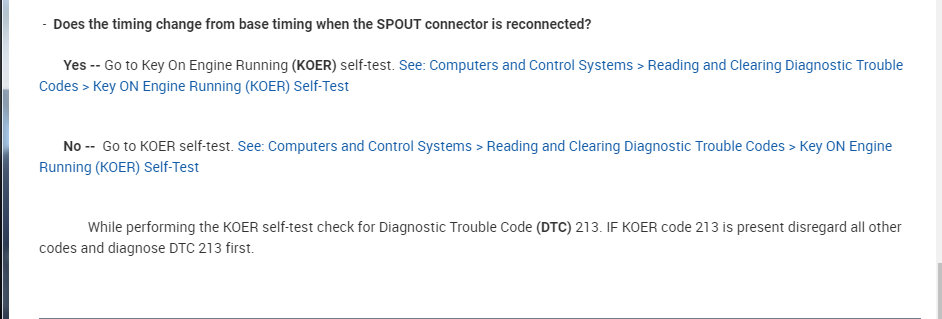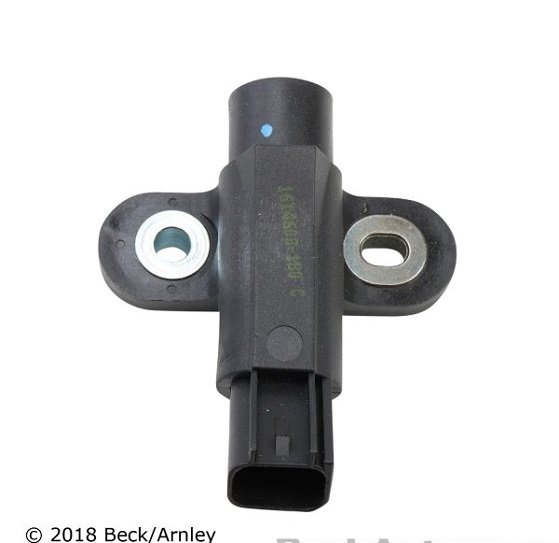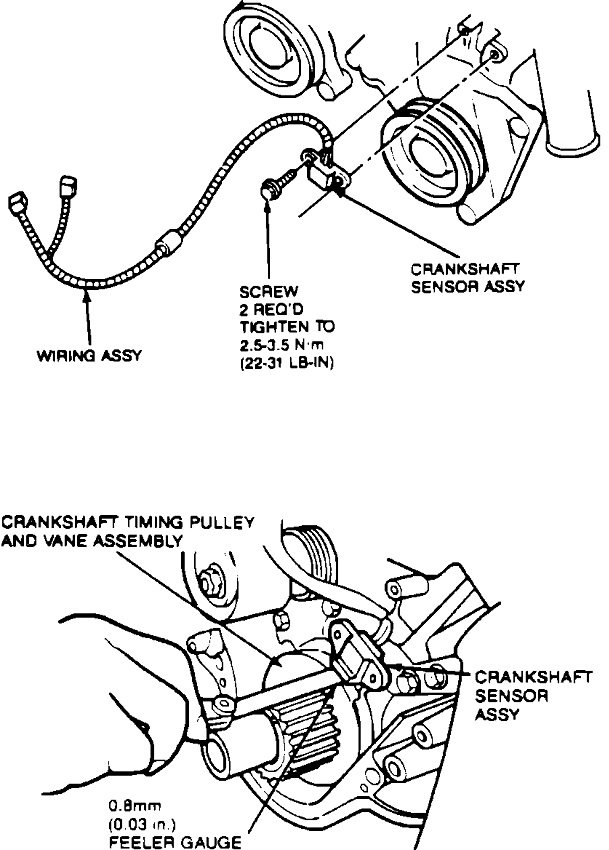For my first comment, this may sound sarcastic, but believe me, it is not meant that way. You filled up with gas at a different station, and their gas has a different formulation of additives. You were driving during the day when the sun was out, and the stalling only occurs at night or on cloudy days. You made fewer right-hand turns per hour, so less stalling occurred.
That was somewhat of an inside joke to imply there are a lot of variables that could have contributed to the problem, and we often see some that have no bearing on it at all, and we often overlook things that would have made great clues. The truth is there are things that could have prevented the stalling from occurring that we haven't considered. Outside air temperature is one of them. Since heat is a common factor for this problem on all car brands, it stands to reason this type of failure will occur more often in summer and less often on cold winter days. Driving in rain or snow can affect it too. Water splashing onto the sensor will keep it cool, so it fails less often, or, if the seal is damaged in the connector, water sneaking in can adversely affect the connection made by a pair of mating terminals, and make the problem occur more often.
The one that comes to my mind right away is those mating terminals in a connector. We used to see this all the time with tvs. You walk across the floor and the picture flashes bright and dim. I get there, unplug one circuit board, look at it, scratch my head, plug it back in, and the problem is solved, . . . for a few weeks, then it comes back.
In tvs and in cars, there can be a light film of corrosion that builds up on those terminals. Eventually the poor contact causes a symptom or problem. When the part is unplugged, there is a scratching action to those terminals that scrapes off some of that corrosion and leaves a nice, clean, shiny spot that makes a good connection, at least until that corrosion migrates back and the problem comes back.
Besides replacing the wrong part, there's two things that can keep the problem occurring even after the correct part was replaced. The first has to do again with those connector terminals. Often an uninformed do-it-yourselfer or mechanic sticks a test probe into a terminal to take a reading, and the probe is fat enough to spread the terminal open too much. Now it won't make solid contact with its mate in the other half of the connector. That can even occur over time all by itself. This leads to the second problem.
That second problem is common among competent do-it-yourselfers. It has to do with the diagnostic fault codes, which, by the way, I haven't seen any mention of yet for your car. That should have been the starting point to this diagnosis, but too many people think those fault codes tell you which part to replace. In fact, they never do on any car brand or model. Fault codes tell you the circuit or system that needs further diagnosis, or the unacceptable operating condition. When a sensor or other part is referenced in a fault code, that part is actually the cause of that code only about half of the time. First we have to rule out wiring problems, and, . . . and, . . . and those connector terminal problems. We also have to consider mechanical problems associated with that part. In this case, some crankshaft position sensors on some engines have very critical air gaps with simple methods of adjusting them, as long as you're aware of the need to do that. That's one example of a mechanical problem with the part. Everything can be working perfectly, but if you increase that air gap, the engine may not run or it could stall intermittently.
To boil down all this wondrous information, my first guess is the wrong sensor was replaced and it's just coincidence the engine didn't stall for three days. My second guess it wasn't really the camshaft sensor that failed. It was an intermittent connection in its connector that did it. I'm less likely to believe myself on that connector issue because those are not normally associated with heat or temperature.
There is also a potential problem with replacing more random parts before anything is actually diagnosed. We don't want to add more variables to the problem. Before you do anything else, I would have the diagnostic fault codes read and recorded. You can go here:
https://www.2carpros.com/articles/ford-lincoln-mercury-obd1-1995-and-earlier-diagnostic-trouble-code-definition-and-retrieval
to see how to do it yourself, but it may be faster to have them read at an auto parts store. The people there will do that for you for free, but most of them can only do that on the more-advanced and standardized 1996 and newer models. For a '95, you might have to visit a repair shop.
You can see the list of fault codes here too, or we can interpret them for you. The next problem is code 14 is the only one that refers to loss of a timing signal. Ford didn't use separate codes for the different sensors. Given the symptoms you've described so far, there's little value to this fault code, which is likely why KASEKENNY1 never brought it up. On '96 and newer models, well over 2,000 defects can be detected, and the fault codes get a real lot more specific.
On your engine, the engineers put the camshaft position sensor and the crankshaft position sensor in places where they're uncommonly difficult to replace, so you have to decide which is the better way to proceed. Since there is no dedicated diagnostic fault code assigned to the crankshaft position sensor, you could decide to replace it as a test, but that requires removing the vibration damper from the front of the crankshaft. That is rather time-consuming. You might decide instead a better investment would be to have a mechanic take the car on a test-drive with a scanner connected that has "record" capabilities. Most of them do. With that, you press the "record" button when the problem occurs, but in this case you have to do that before the engine stops rotating. If this occurs while driving at highway speed, that could give you a good five seconds or more. If you're sitting idling at a red light, the engine will stop rotating long before you can press the "record" button. Even if you press it right away, the engine has stopped, so it would be normal for the signals to stop showing up from both sensors, so there's be nothing of value to see.
Since the engine data passes through the scanner's memory, the recording actually begins a couple of seconds before you pressed the button. Later, you can replay that data slowly and see what changed or which signal dropped out when the stalling occurred. This is especially useful when no fault code has set, which sometimes happens. A lot of mechanics have special scanners with limited capabilities that are designed just for this purpose. They often call them "flight recorders". Some will even send you on your way with it, then have you come back days later after the event has been recorded. This is useful when you have an intermittent problem that acts up perhaps only once every few days, and it isn't practical for the mechanic to mindlessly driving the car for hours on end.
Monday, January 13th, 2020 AT 2:59 PM
